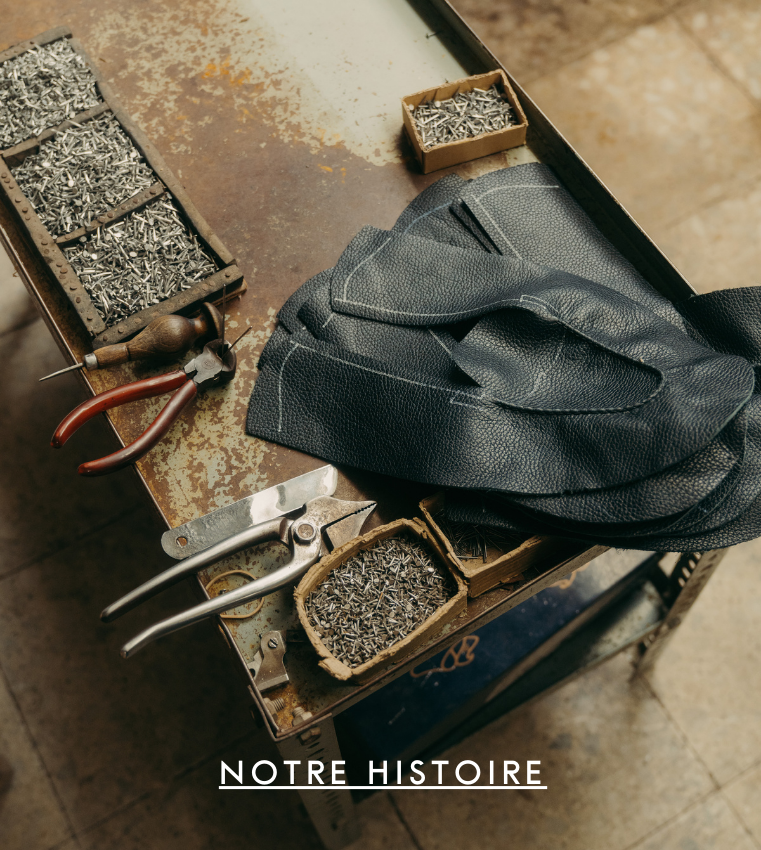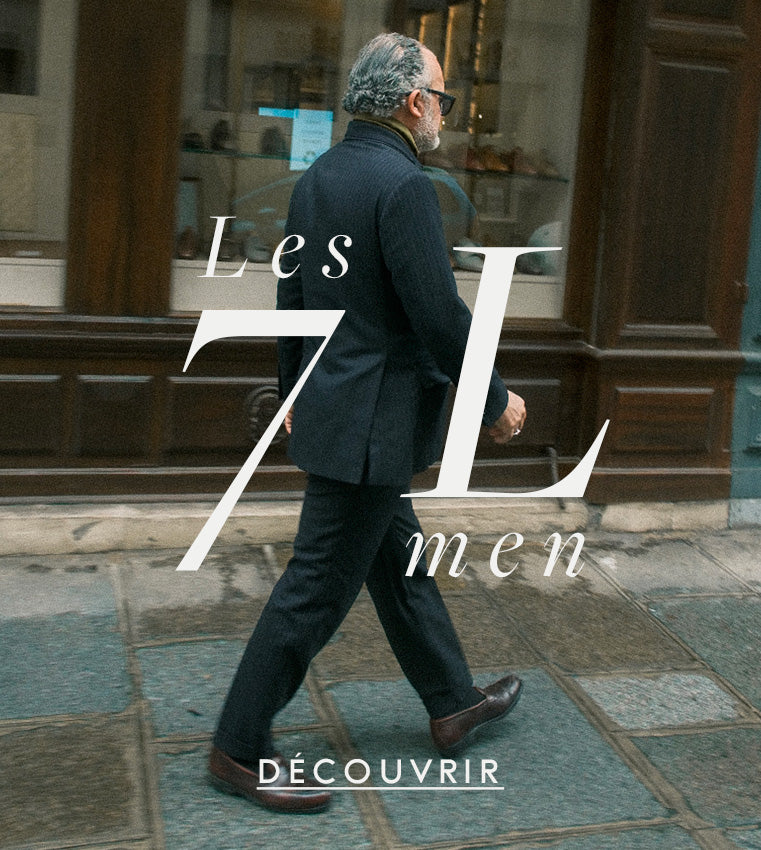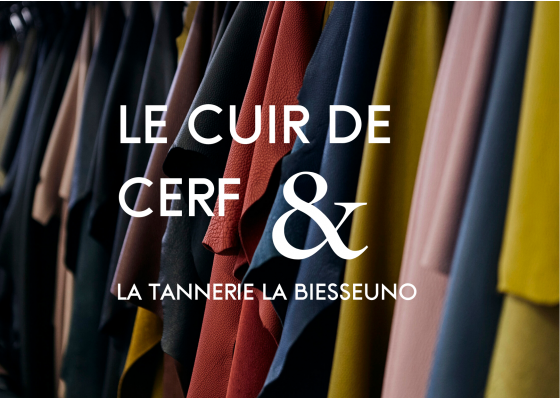Shoe trees are undoubtedly the most essential maintenance item for the longevity of your shoes. There is a wide variety of offers regarding shoe trees. In this article, we will explain what shoe trees are, why you need them and how to buy good quality ones.

What are shoe trees?
A vocabulary point
Shoe trees are shapes made of wood, plastic or metal to be placed inside shoes to maintain the line of the shoe. Fit refers to the way in which a shoe fits the wearer's foot.


The term of shape initially refers to the "template" on which the upper (the leather) will be assembled in order to give the volume and final shape of the shoe
Initially made of wood, the shapes were quickly industrialized in plastic.
In the very high-end or even bespoke environment, shoe trees are often included with the shoes and are “fit”, ie correspond exactly to the shape used during assembly in order to perfectly maintain the volume.


Why and when to use it?
When you wear your leather shoes, your feet naturally sweat. It's inevitable. The leather will absorb this humidity.
Also, when walking, your shoes bend in different places, particularly at the metatarsophalangeal joint. These folds, called walking folds or comfort folds , will mark the leather in the most stressed places over the course of the ports.
It will therefore be advisable to place shoe trees as soon as you remove your shoes so that the humidity is absorbed (provided that your shoe trees are made of raw wood).
In addition, these will stretch your shoes so that they return to their initial shape in order to avoid creases as much as possible. However, it is necessary to keep in mind that pleats will be inevitable.

How to choose your shoe trees?
There is a very wide variety of shoe trees. Made of plastic or wood, they each serve a very specific purpose.
Plastic (or “openwork” metal) shoe trees are generally used when traveling or more generally during transport because they are lighter than wooden ones. However, their absorption power is non-existent. We therefore advise against their long-term use because they do not fulfill their main role.
Concerning wooden shoe trees, there are several types: beech wood or cedar wood. They each have a substantially similar absorption power and are easy to use. However, they will be heavier than their plastic counterpart.
To ensure that the shoe tree corresponds to your size, you must ensure that it stretches the leather well at the joint (see Figure 5) and that it is not too tight at the joint. of the rear part to avoid excessively deforming the buttress (see Figure 6).


Why use shoe trees?
In order to limit wear of the leather at the level of the tread folds and to absorb humidity.
Which material to choose?
It is best to choose shoe trees made from raw wood. However, taking plastic or metal shoe trees for a trip is perfectly fine.
When to put it?
We have to put on the shoe trees as soon as we take off our shoes. No need to wait!
Is it necessary to have a pair of shoe trees per pair of shoes?
This is preferable but not necessary! You can alternate one pair of shoe trees for two pairs of shoes if you have a rotation.
Should we use “shaped” shoe trees?
Again, this is preferable in an ideal world. However, this is very rare, except in bespoke. A pair of general-purpose shoe trees will do the job very well.
Should we put on shoe trees when our shoes have caught the rain?
Absolutely ! They will help with moisture absorption.
7L shoe trees
Our shoe trees are made of solid beech with a raw finish intended to absorb moisture and maintain the shape of the shoes. The forefoot is made up of two parts connected by springs, allowing the wood to adapt perfectly to the dimensions of the shoe, and therefore to best fulfill its role.
A new shape: the “7L” shape. A unique design: these shoe trees have been designed to adapt perfectly to our different shapes. The instep has been slightly raised and we made sure to keep the spring system at the front.
Similar articles




